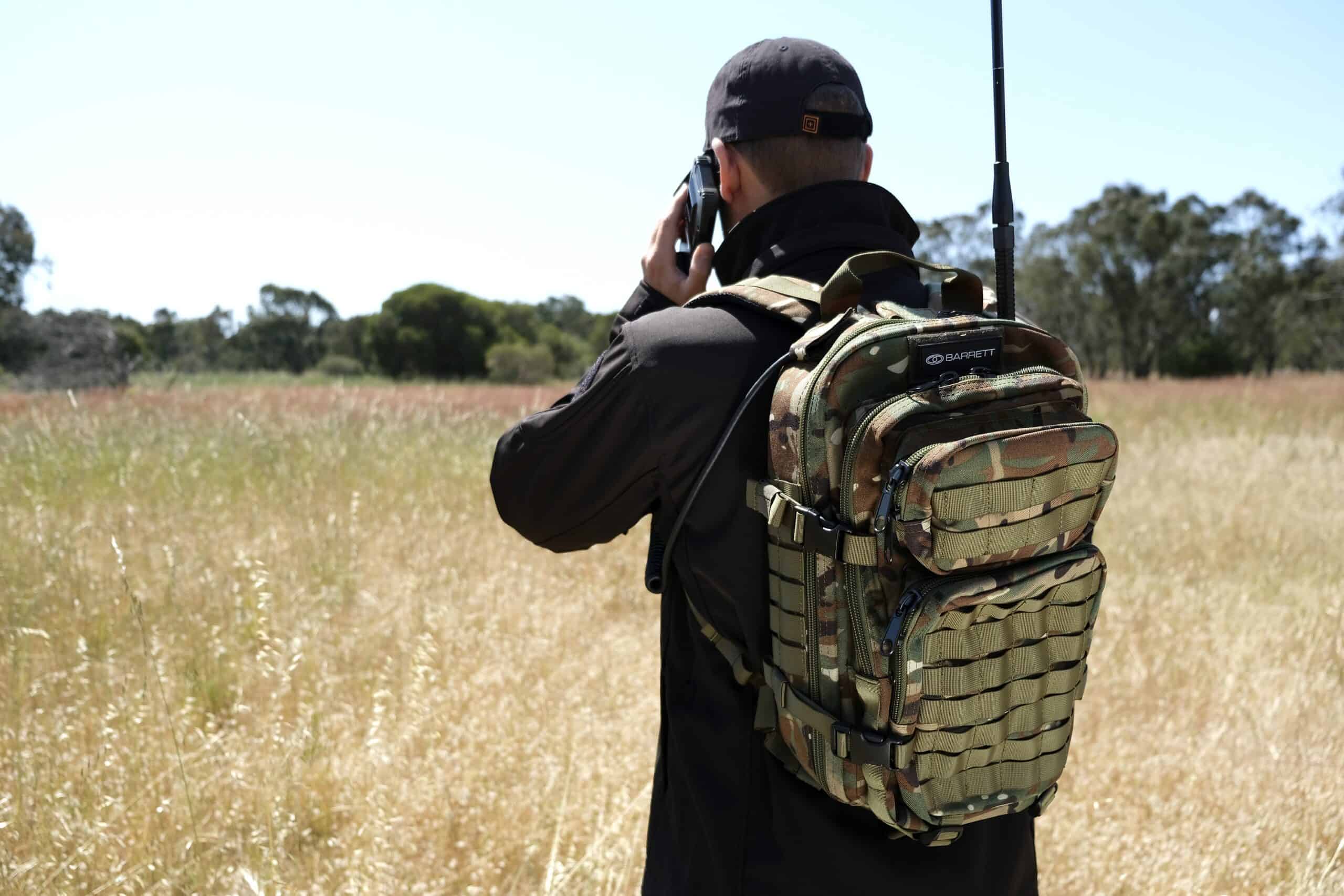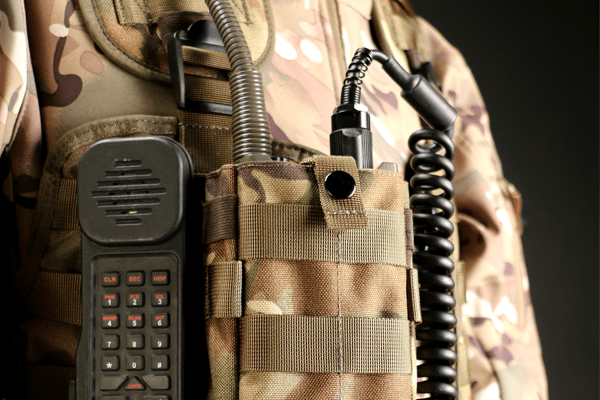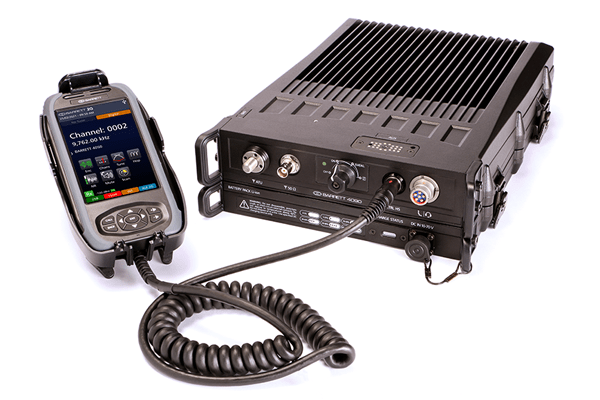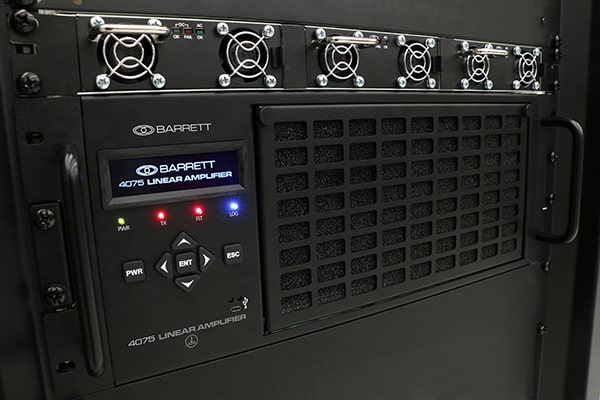Why the correct antenna is necessary for effective radio communications
Why the correct antenna is necessary for effective radio communications

Antennas have many uses beyond cell phones, and they come in a wide range of shapes and sizes. In fact, antennas are vital for a variety of critical communication functions.
This will be the first in a series of articles on antennas, radio frequency and how they relate to each other.
The different types of antennas and what they’re used for
Monopole/dipole
Monopole and dipole antennas — sometimes called the “Marconi antenna” after their inventor, Guglielmo Marconi — are ideal for two-way wireless communication. These are the type you commonly find on cell phones. They’re also in vehicles, on two-way radios (AKA “walkie-talkies”) and on pocket-sized radios.
Horn
You can easily spot a horn antenna by its unique self-described shape. Sometimes called microwave horns — because they broadcast at ultra-high frequencies (UHF) which encompass the microwave bands — these are the main component of police radar guns (If you’ve ever seen one up close, you might recognize the Horn antenna attached to the front), garage door openers and microwave telecommunications gear.
Parabolic
A parabolic antenna is configured for high gain and is commonly shaped like a bowl. You can find these at radar installations, on top of homes for receiving satellite TV signals and on radio telescopes used for astronomy. Many objects in space emit radio waves, such as stars, galaxies and black holes, so they’re perfect for detecting these distant objects.
Yagi
Another type of TV antenna, the Yagi antenna is also sometimes referred to as a Yagi-Uda antenna. Like horn antennas, their distinct shape makes them easily recognizable, as they have a central cylinder surrounded by a number of receivers protruding outward. They have moderate to high gain and are directional, which is why they’re also sometimes called beam antennas.
There are lots of others, but these are a good starting point
There is a wide range of other types of antennas, and this is only a sample. Radios are found in many other places, and so too are the different antenna varieties.
Barrett Communications provides both monopole and dipole antennas for HF and VHF radio. From monopole whip antenna for PRC-4090 Tactical HF SDR Transceiver manpacks to PRC-2080+ Tactical VHF Handheld transceivers, to permanent base station installations with a 912 Single or Multi-wire broadband antenna. Tactical needs are also met by the Tactical Broadband dipole antenna – a rapid field deployable, portable solution. Contact us today to learn more.







